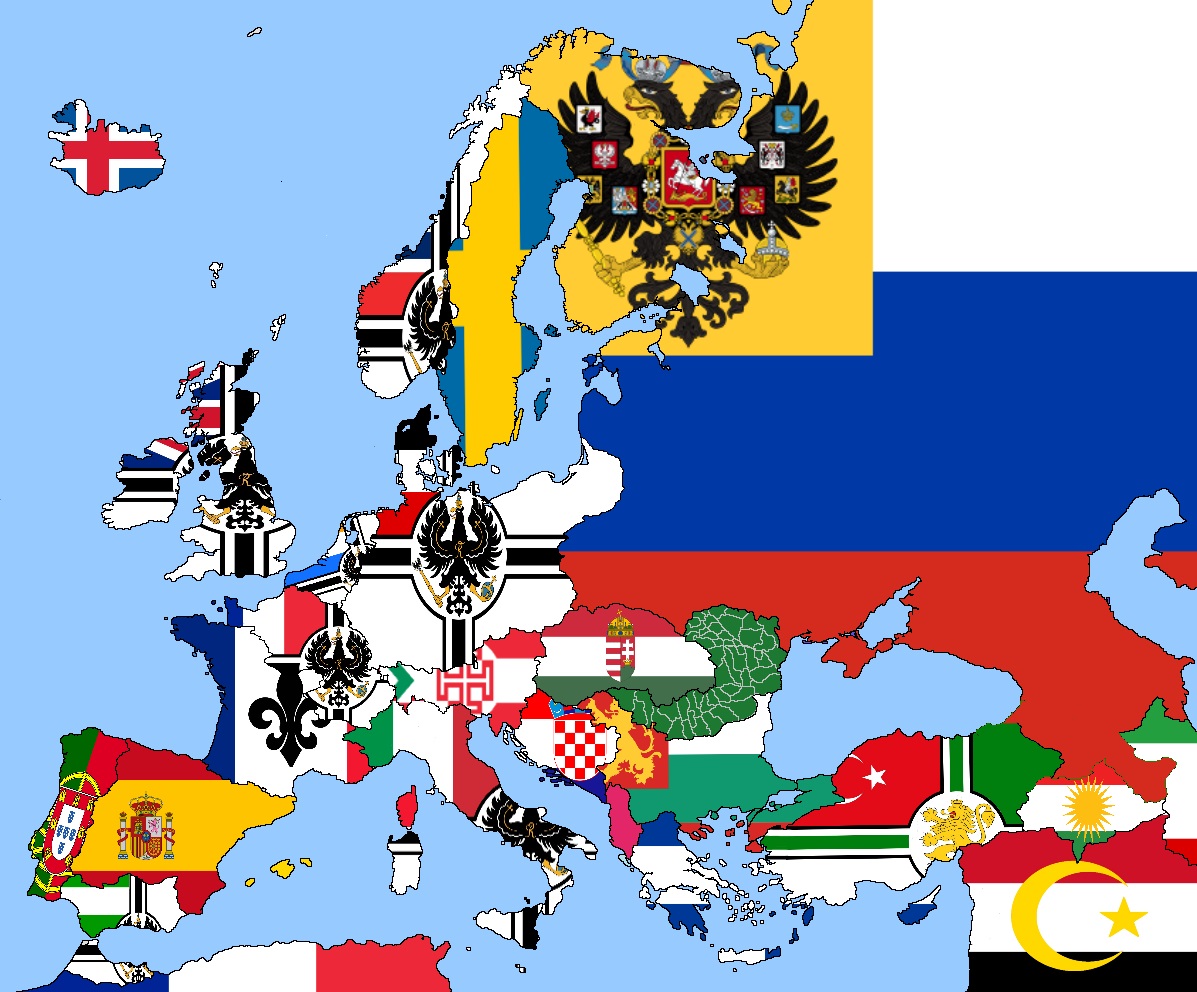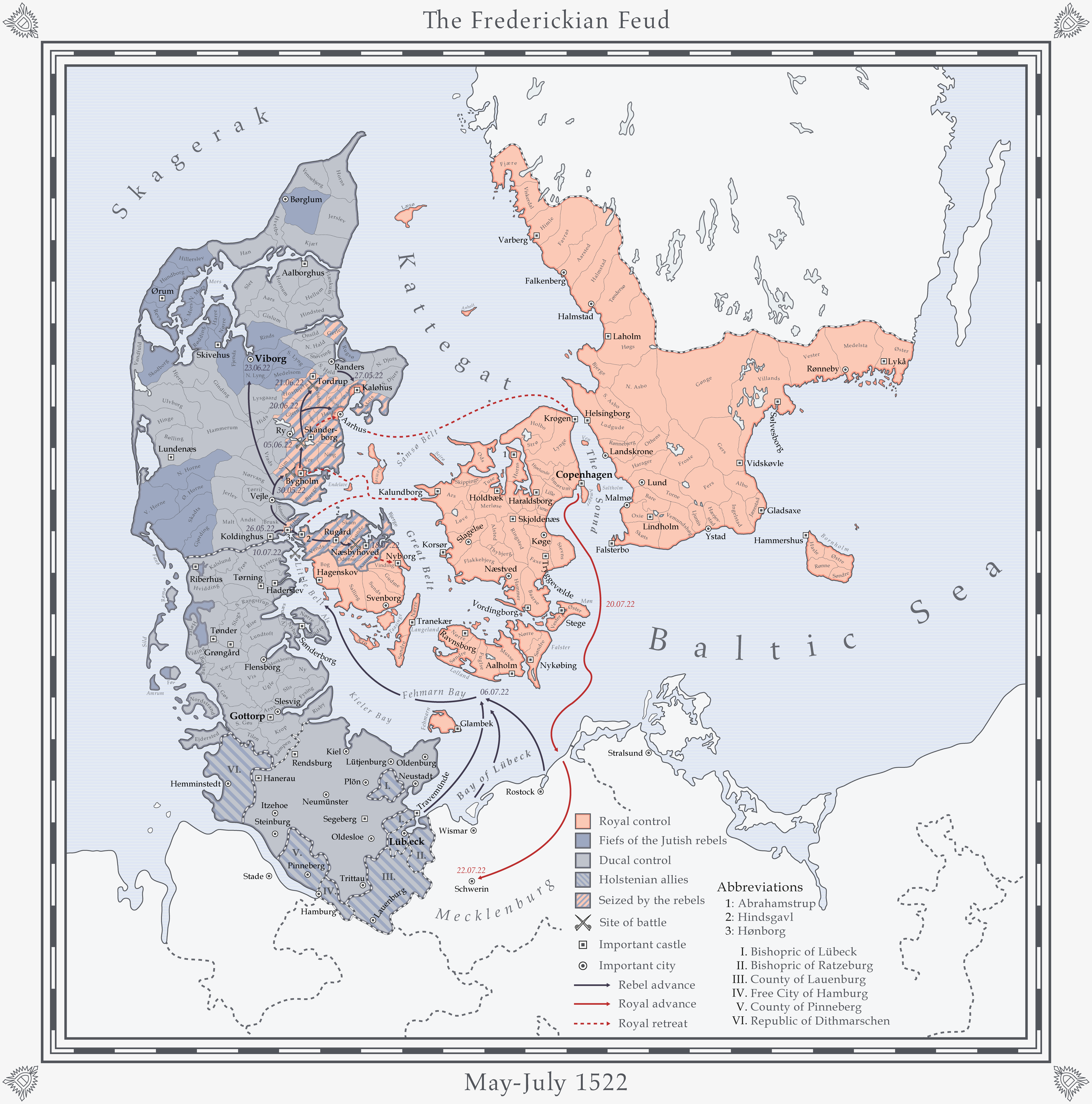Louyan
Banned
Well, this is going to complicate the Soviets and Americans partitioning Korea.
There won't be any Korea (or Soviets, or Americans)
Well, this is going to complicate the Soviets and Americans partitioning Korea.
Really? The thought never occurred to me.There won't be any Korea (or Soviets, or Americans). Or a state resembling China. There is a very good chance of unified state -or a line of them- being there for much of history, the geographical reasons that made China (more) possible, if nothing else, have been amblified.
There's some quality geoengineering.
I have some questions
Tragic that was never finished. She said its in infinite hiatus and she hasn't even been on the forum for over two months so I think that series is effectively dead.

Two things from an aesthetic standpoint.
The PoD of this timeline is that the Kapp Putsch got astonishingly successful, Britain tried to intervene via a Sea Blockade but botched its operations to focus on fighting Irish rebels which resulted in the proper Integration of Ireland into the United Kingdom. France harshened its occupation of the Rhineland severely which resulted in the Cologne Massacre in which hole Families were slaughtered by French Colonial Troops. When it was announced that Kaiser Wilhelm would give Germany a visit, French Agents slaughtered the hole Imperial Family at the Dutch Border but due to sheer incompetence of the French the hole action was discovered by nearby Dutch Border Guards which rushed to aid of the surviving Family Members of the Kaiser. The end result was a dozen dead Dutch and French and an anti-french outcry in the hole Netherlands which lead to the Netherlands lending support to Germany and legitimizing the Kapp-Lüdewitz-Government.
The Freikorps continued to fight in Russia but were way more sucessful as in our timeline through strong support from the German Government, eventually the Bolsheviks were defeated in 1924 and a Triad-Government was formed by the Generals Piotr Wrangel, Aleksandr Kolchak and Roman von Ungern-Sternberg.
Captured by nationalist fervor and an even greater desire for Revenge the Kapp-Lüdewitz Government gained strong support by multiple parties and a fraction of the SPD. This unstable composition continued till the Great Depression in 1929 in which the hole Country was torn into another great Crisis and ending in the forceful disbandment of the SPD and USPD and the forced formation of the Vaterlandsfront (Fatherlandsfront) comsisting of all parties from center to extreme right. The ensuing rule for the next 3 years was characterized by the coronation of Kaiser Allbert, constant battles between the now State enrolled Freikorps and various leftist militias.
The battles culminated in Soldiers of Freikorps Roßbach chasing Communists near the Rhine which the French Troops perceived as an assault and swiftly retreated from the Rhineland. This accident was propagandized as part of a great plan and the population swiftly cached that up.
The Following years were characterized by the Freikorps becoming an essential part of the military and police force, forming an own Freikorps-Council and various intrigues in the Reichstag and the Formation of Intermarium by Poland.
When Reichskanzler Hugenberg was shot by the radical Horst Wessel in 1934 the hole Country was thrown back into Crisis, the reactionary wing of the Vaterlandsfront led by Hermann Göring and the fascist/revolutionary wing led by Otto Strasser both couldn't find a deal on who would be new chancellor, while Kaiser August remained silent. Eventually street fights and widespread discontent appeared again in Germany until the Freikorpscouncil decided to act. Hermann Ehrhardt and numerous Freikorps-Divisions stormed Berlin, hunted Strasser down, captured Göring and blackmailed Kaiser August to intervene in their favor.
The result of the hole intermezzo was the proclamation of Hermann Erhardt as Chancellor (and defacto Dictator) and the promotion of numerous Freikorps-Officers to Generals and ministers.
Eventually Germany would find itself at odds with the new Entente (Great Britain, Intermarium, France, Italy, Romania, Spain, and a blackmailed Turkey) while fighting alongside Russia under Lord Protector Roman von Ungern Sternberg and Prince Michael (who is dead since 1922), Austria, Hungary and Bulgaria.
This World War II was way bloodier and even more stupid than our World War II. Due to bad military Organisation German Freikorps stormed through both Switzerland and Switzerland at the same time leaving the French to march up to Cologne until finally getting encircled.
While this happened the Intermarium-Russia front was characterized by Russian Cossacks assaulting Polish Tanks, Russians razing Brest-Litowsk and constant executions of Russian soldiers by their officers for being to soft.
The Netherlands were invaded by the British (they hoped the Dutch would see them as allies) which led to the Remnants of the Dutch Army joining the Germans in the houndred-thousands and swiftly reconquering the Netherlands and capturing several British Ships.
The Culmination of the hole conflict found itself in the Battle of London in which the Royal Irish Aces betrayed the English and joined with the Germans.
The End of the Conflict saw the German-Russian Victory, the canonization of Roman von Ungern Sternberg as a Saint, the establishment of a French Kingdom and the Reunion of Hungary and Austria (but only de jure not the facto).
2. Why is Romania the only country with no flag and regional borders?
Two things from an aesthetic standpoint.
1. Why is Austria using a fascist Austria-Hungary flag whilst Hungary is still using its own flsg.? (The Arrow Cross is the Hungarian fascist symbol.)
2. Why is Romania the only country with no flag and regional borders?
1. Oh never mind, I've forgot the green triangle on the Austrofacist flag.1. Cause Horthy is still in power and the Arrow-Cross is still kept down, also I thought that this was the Flag of Austria since Dolfuß
2. Cause I forget that one, oh and I forgot Albania
The End of the Conflict saw the German-Russian Victory


I'm a simple man, I see the Baltic Sea, I like.I come bringing not one, but two maps. Both are from my current timeline. The first one shows the progress of the Frederickian feud whilst the other details the Sture rebellion in Finland and subsequent insurgency in Dalarna under the leadership of Magnus Eriksson Vasa.
I hope you enjoy them
>I cannot help but thing that the Military Frontiers of Slavonia, Croatia, and the areas north of Serbia would not have went with the Ungarian republic.snip